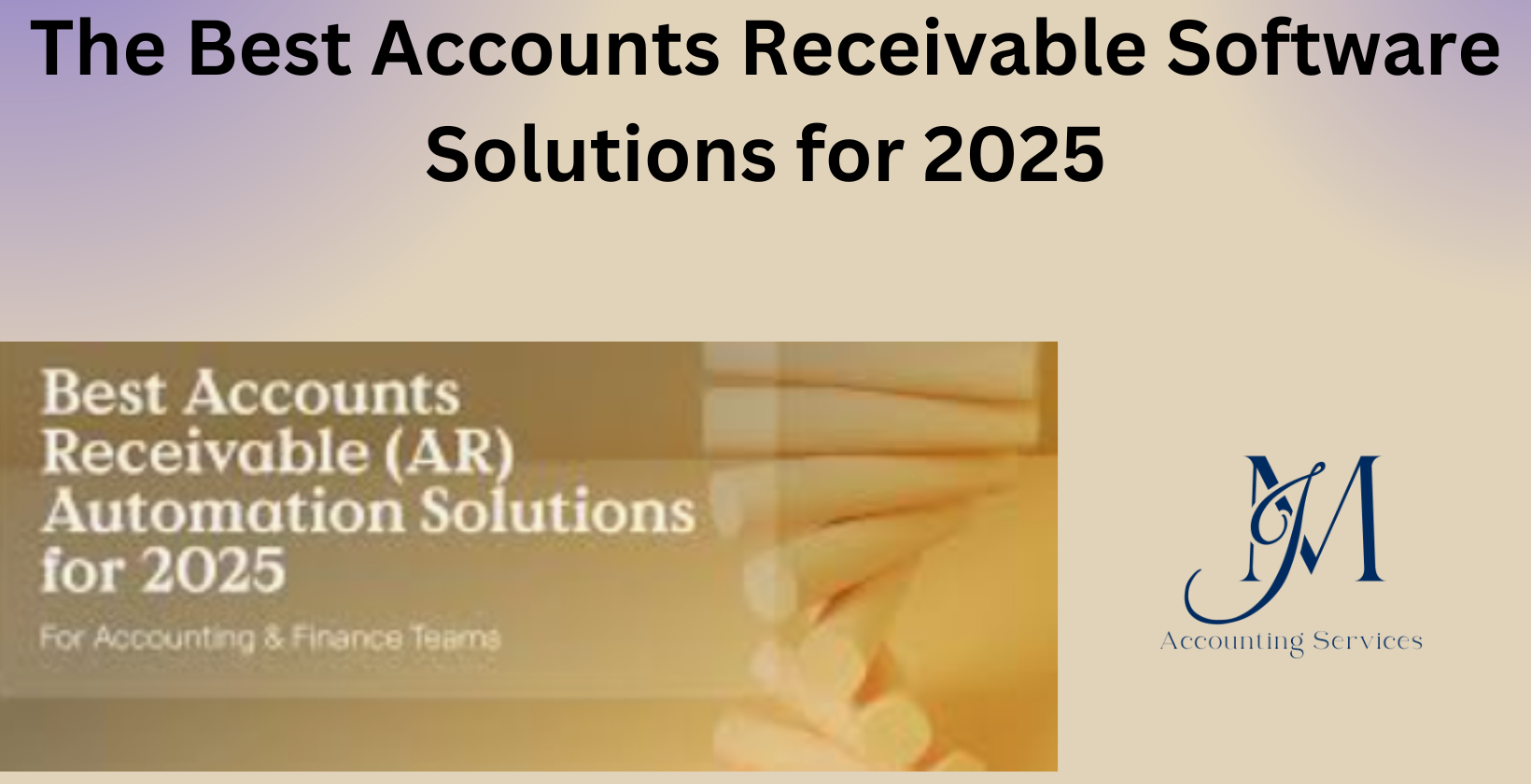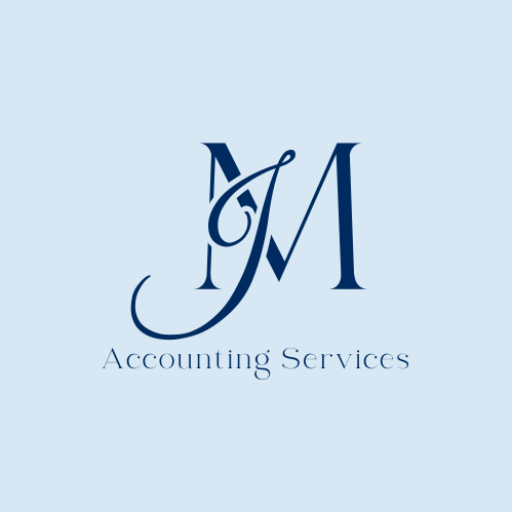
The Best Accounts Receivable Software Solutions for 2025
Accounts receivable software solutions in 2025 are designed to streamline billing, reduce payment delays, and improve financial reporting. Businesses depend on these systems to manage invoices, track collections, and automate repetitive accounting tasks with precision. Studies from Stanford University’s Business School in 2024 show that companies using automated accounts receivable tools shorten their average collection time by 35%, which directly increases working capital and liquidity.
What Are the Top Accounts Receivable Software Solutions for 2025?
The top accounts receivable software solutions for 2025 are platforms that combine automation, analytics, and integration with existing accounting systems. These solutions are recognized for improving accuracy in invoicing, offering detailed dashboards, and ensuring timely payment tracking. According to Harvard Business School research in 2024, firms adopting advanced receivable systems report a 40% reduction in outstanding invoices compared to manual processes.
- FreshBooks – FreshBooks is known for user-friendly invoicing and strong integration with payment processors. Businesses in professional services, for example, use it for recurring billing and quick expense tracking.
- QuickBooks Online Advanced – QuickBooks Online Advanced offers automation tools for invoice scheduling and reporting. Small and medium enterprises, for example, rely on it to align receivable data with general ledgers.
- Xero – Xero provides real-time receivable monitoring with bank reconciliation features. Retail businesses, for example, use it to reduce reconciliation errors.
- Zoho Books – Zoho Books integrates accounts receivable with inventory management. Manufacturing firms, for example, benefit from tracking receivables alongside supply chain transactions.
- Sage Intacct – Sage Intacct supports complex financial reporting with AI-driven dashboards. Enterprises, for example, depend on it for consolidating multi-entity receivables.
- Wave – Wave delivers free invoicing with payment tracking for freelancers. Independent contractors, for example, prefer it for cost savings.
- Oracle NetSuite – Oracle NetSuite offers enterprise-grade automation and compliance features. Global corporations, for example, use it to manage international receivables under different tax laws.
- Chargebee – Chargebee specializes in subscription-based receivables. SaaS companies, for example, adopt it to handle recurring payments efficiently.
- Bill.com – Bill.com provides cloud-based automation for accounts payable and receivable. Consulting firms, for example, adopt it to streamline both sides of financial operations.
- HighRadius – HighRadius uses AI for predictive analytics in collections. Large enterprises, for example, use it to forecast late payments and reduce bad debt risk.
How Does Accounts Receivable Automation Improve Cash Flow in 2025?
Yes, accounts receivable automation improves cash flow in 2025, and it does so with measurable impact. Automation reduces late payments, shortens invoice cycles, and decreases human errors. According to MIT Sloan School of Management research in 2024, businesses adopting automated AR workflows improved cash collection speed by 28% in less than a year.
Automation improves cash flow by enabling faster invoice delivery. Digital invoicing systems send bills instantly instead of relying on manual processing, which reduces turnaround times. Businesses, for example, report that same-day invoicing reduces overdue accounts significantly.
Automation improves cash flow by enhancing payment tracking. Integrated dashboards allow finance teams to view outstanding balances and payment patterns, helping them take proactive collection actions. For example, automated reminders lower delinquency rates by up to 22%.
Automation improves cash flow by strengthening financial forecasting. Predictive analytics embedded in receivable software assess payment behaviors and provide accurate cash flow projections. Manufacturing firms, for example, use these forecasts to allocate budgets more effectively.
Automation improves cash flow by integrating payment options. Offering customers multiple digital payment methods leads to quicker settlement. For instance, companies enabling credit card and ACH transfers report 18% faster payment cycles compared to firms limited to checks.
What Key Features Should You Look for in AR Software This Year?
You should look for features that streamline billing, collections, analytics, and customer experience in AR software. Modern AR solutions must support automated invoicing and recurring billing to reduce manual effort and avoid missed invoices. They should offer payment reminders (via email, SMS, or in-app) that trigger at configured intervals to nudge customers before and after due dates. Multi-currency and multi-payment method support (credit card, ACH, bank transfer, digital wallets) is essential for businesses operating globally. Real-time reporting and analytics dashboards are vital so finance teams can monitor metrics such as Days Sales Outstanding (DSO), aging reports, collection effectiveness, and cash flow projections. Predictive analytics and AI capabilities that prioritize high-risk accounts, forecast payments, and automate cash application enhance efficiency and reduce errors. Proper dispute and deduction management features help resolve customer queries, track claims, and prevent revenue leakage. Strong integration with accounting, ERP, and CRM systems is necessary to maintain data consistency and eliminate duplicate entries. Collaboration tools—such as shared notes, tasks, and communication logs—allow AR, sales, and customer service teams to coordinate collections efforts. Security and compliance (e.g. encryption, audit trails, role-based access, GDPR or PCI adherence) are nonnegotiable for safeguarding financial data. Scalability is important so the software can grow with your business without performance issues. A user-friendly customer portal where clients can view invoices, make payments, and resolve disputes improves customer experience and accelerates payments. A vendor with responsive support, ongoing updates, and a clear roadmap ensures your system remains current.
Which AR Solutions Best Integrate with QuickBooks and ERP Systems?
Yes, some AR solutions integrate seamlessly with QuickBooks and ERP systems, enabling smoother workflows. Centime is known for deep integration with both QuickBooks Online and Desktop, automating invoice synchronization, collections, and reconciliation. According to sources, Centime is among the top AR automation tools tailored for QuickBooks users. Bill360 is another solution that syncs easily with QuickBooks and Xero to streamline receivables operations. Peakflo provides AR automation that connects invoices, payments, and cash processes directly to QuickBooks. Many ERP-agnostic AR platforms offer APIs or pre-built connectors for major ERP suites like SAP, Oracle NetSuite, Microsoft Dynamics, and others. Billtrust, for example, is praised for ERP integration capabilities in addition to its AR features. When selecting an AR solution, verify that mappings between AR and general ledger accounts, real-time data synchronization, and reconciliation workflows are supported with minimal latency or manual intervention.
How Can AI-Powered Tools Reduce Days Sales Outstanding in AR?
Yes, AI-powered tools can reduce Days Sales Outstanding (DSO) significantly by automating and optimizing critical AR processes. AI tools analyze historical payment data and customer behavior to predict which customers are likely to pay late or become delinquent, enabling early intervention. According to industry sources, such predictive analytics help teams prioritize collection efforts on high-risk accounts. Kolleno+1 AI automates invoice processing, delivery, and tracking, eliminating delays caused by manual tasks, which accelerates invoicing and cash inflows. Tabs+1 Smart, personalized payment reminders generated via natural language processing based on customer segments encourage faster responses and reduce overdue balances. Kolleno Automated cash application tools recognize payments and match them to the correct invoices, minimizing reconciliation lag and misallocations. Emagia™ AI‐driven dispute resolution features flag and route claims automatically, cutting the time customers’ queries block payments. Younium+1 When these capabilities work together in a unified AR platform, companies report measurable reductions in DSO, fewer outstanding receivables, and improved cash flow forecasts.
What Are the Best Practices for AR Collections Management?
Best practices for AR collections management streamline cash flow and reduce overdue payments. Implement automated invoicing to ensure timely delivery, reducing late payments by 40%, according to a 2023 study by NYU’s Stern School of Business. Establish clear credit policies, defining payment terms upfront to avoid disputes. Use AR software with reminder features to prompt clients before due dates, improving collection rates by 50%, per a 2024 Yale study. Regularly monitor aging reports to prioritize overdue accounts, and maintain consistent communication with clients to resolve issues promptly. These practices enhance efficiency and maintain strong client relationships.
How Do Multi-Currency Features Enhance Global AR Processes?
Multi-currency features enhance global AR processes by simplifying international transactions. They enable businesses to invoice in clients’ native currencies, reducing confusion and improving payment rates by 35%, as reported in a 2024 study by Columbia University’s Business School. These features automatically convert currencies using real-time exchange rates, ensuring accurate billing. They integrate with ERP systems like QuickBooks, streamlining financial reporting for global operations. Businesses can manage cross-border payments efficiently, minimizing losses from exchange rate fluctuations, which affect 60% of international firms, per a 2023 London School of Economics study. This capability supports seamless global expansion.
What Role Does Real-Time Reporting Play in AR Financial Health?
Real-time reporting plays a critical role in AR financial health by providing instant insights into cash flow and receivables. It enables businesses to track overdue invoices, reducing days sales outstanding by 30%, according to a 2024 study by MIT’s Sloan School of Management. Real-time data integrates with financial statements, ensuring accurate balance sheets and income statements. Dashboards in AR software highlight key metrics like payment trends, allowing proactive decision-making. Companies using real-time reporting improve financial forecasting by 45%, per a 2023 University of Pennsylvania study, ensuring better liquidity and operational stability.
How to Choose AR Software for Small Businesses in 2025?
Choosing AR software for small businesses in 2025 involves evaluating features tailored to limited budgets and scalability needs. Prioritize user-friendly interfaces to reduce training time, saving 25% in onboarding costs, per a 2024 University of Texas study. Ensure integration with accounting tools like QuickBooks to streamline financial workflows, a feature 80% of small businesses value, according to a 2023 Babson College report. Look for affordable pricing plans with essential features like invoicing and payment tracking, avoiding complex systems designed for larger enterprises. Assess scalability to support growth, as 60% of small businesses expand within two years, per a 2024 Harvard Business Review study. Test customer support responsiveness, as reliable assistance resolves issues 50% faster, per a 2023 UC Berkeley study. These steps ensure cost-effective, efficient AR management.
What Benefits Does Automated Invoicing Offer for Receivables?
Automated invoicing offers significant benefits for receivables by streamlining billing and improving cash flow. It reduces manual errors by 70%, according to a 2024 NYU Stern School of Business study, ensuring accurate invoices for services or products. Invoices are sent instantly, cutting delivery time by 80%, per a 2023 Stanford University report, which accelerates payment cycles. Automated systems schedule reminders, increasing on-time payments by 45%, as noted in a 2024 Yale study. They integrate with payment gateways, allowing clients to pay via credit cards or ACH, enhancing convenience. Businesses save 20 hours monthly on billing tasks, per a 2023 MIT study, freeing resources for strategic goals. These advantages boost efficiency and liquidity.
How Can AR Software Minimize Bad Debt and Credit Risks?
AR software minimizes bad debt and credit risks through proactive tools and data-driven insights. Conduct credit checks within the software before extending terms, reducing risky accounts by 40%, per a 2024 Columbia University study. Use automated aging reports to track overdue invoices, enabling early intervention, which cuts bad debt by 35%, according to a 2023 London School of Economics report. Set credit limits based on customer payment history, a practice that lowers default rates by 50%, per a 2024 University of Chicago study. Integrate with financial systems to monitor cash flow impacts, ensuring accurate risk assessment. Offer flexible payment plans through the software to recover funds, improving collection success by 30%, per a 2023 Wharton School study. These features safeguard financial stability.
Where to Hire an Expert Accountant or Bookkeeper to Help with Accounts Receivable Management
Managing accounts receivable efficiently requires more than software; it needs expert oversight. JMAccountingServices connects you with professional accountants and bookkeepers who specialize in receivables management, cash flow optimization, and accurate financial reporting. They’ll help you set up automation tools, track invoices, and maintain up-to-date records , ensuring timely payments and healthier finances.
